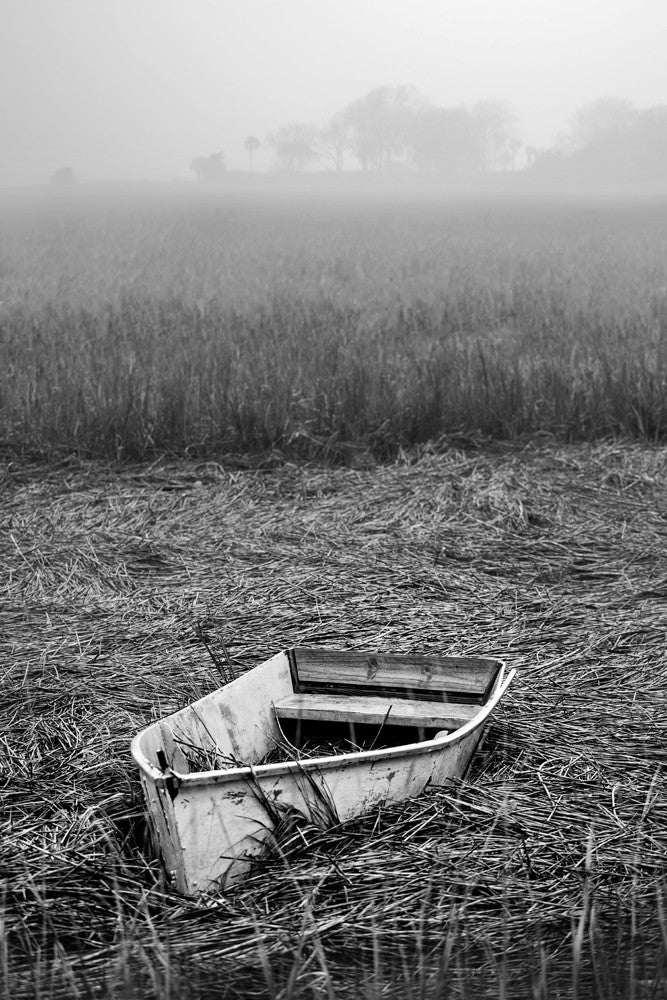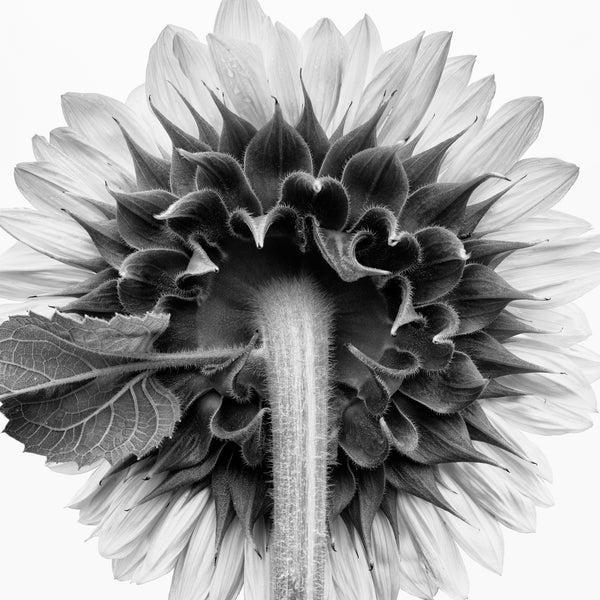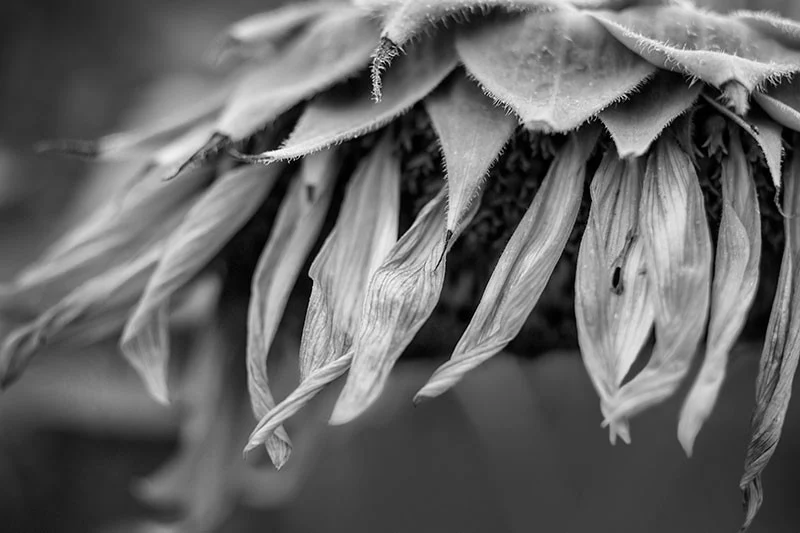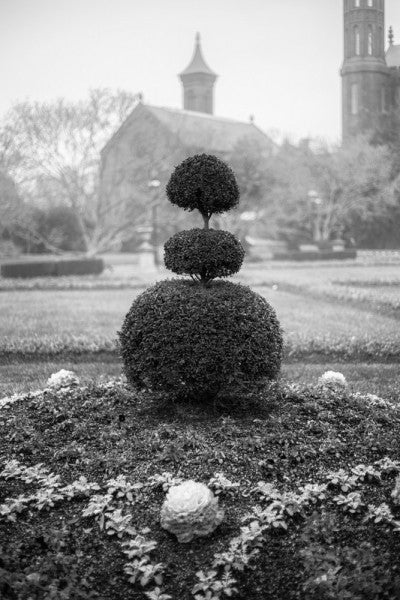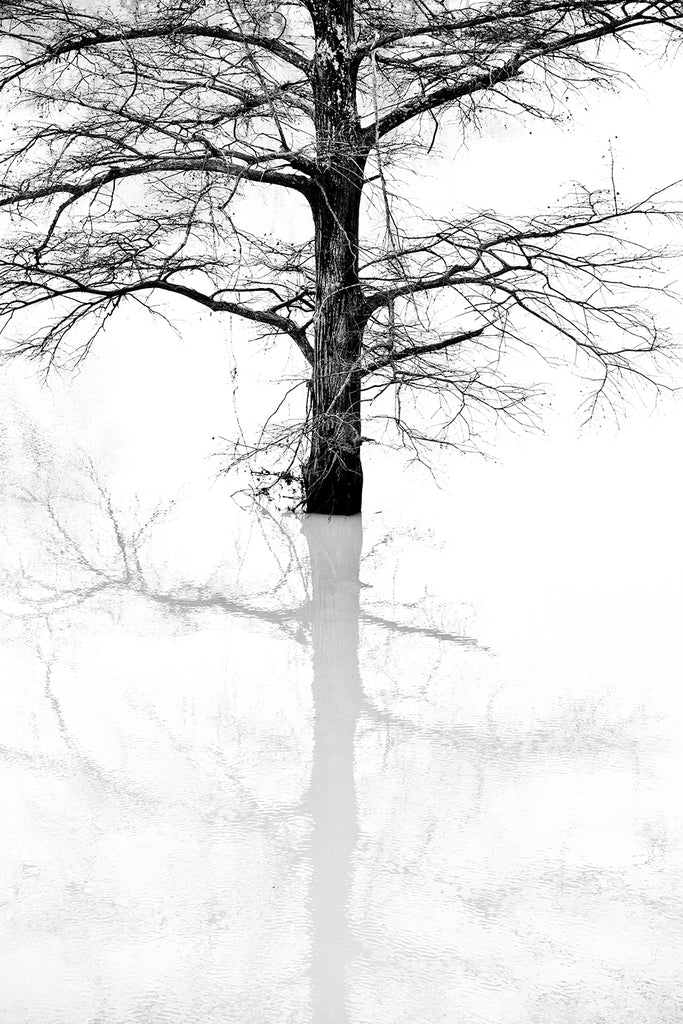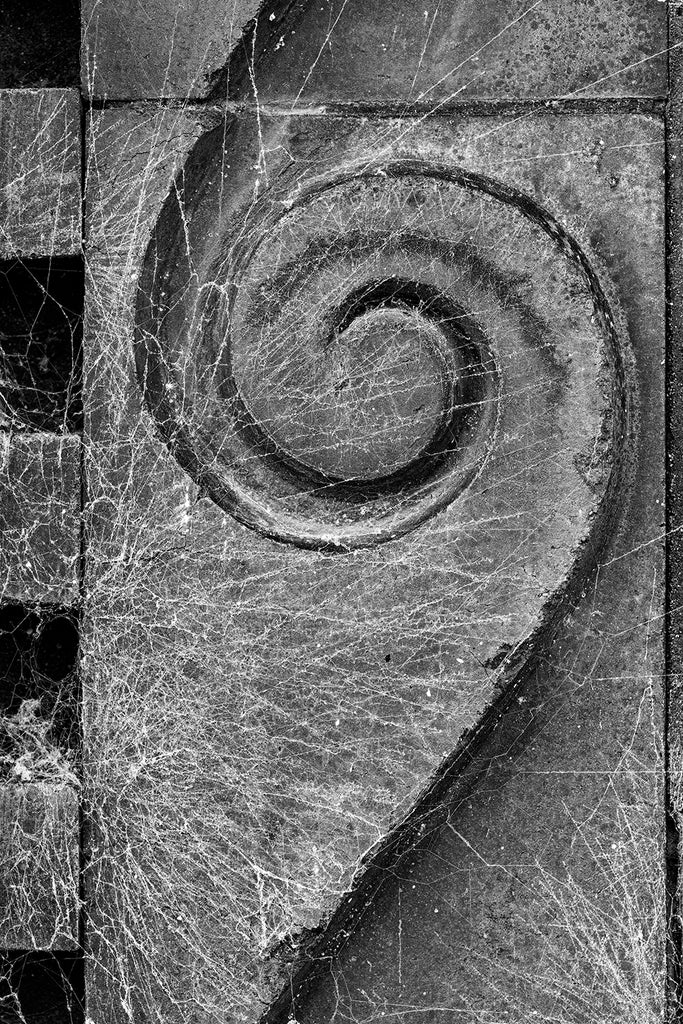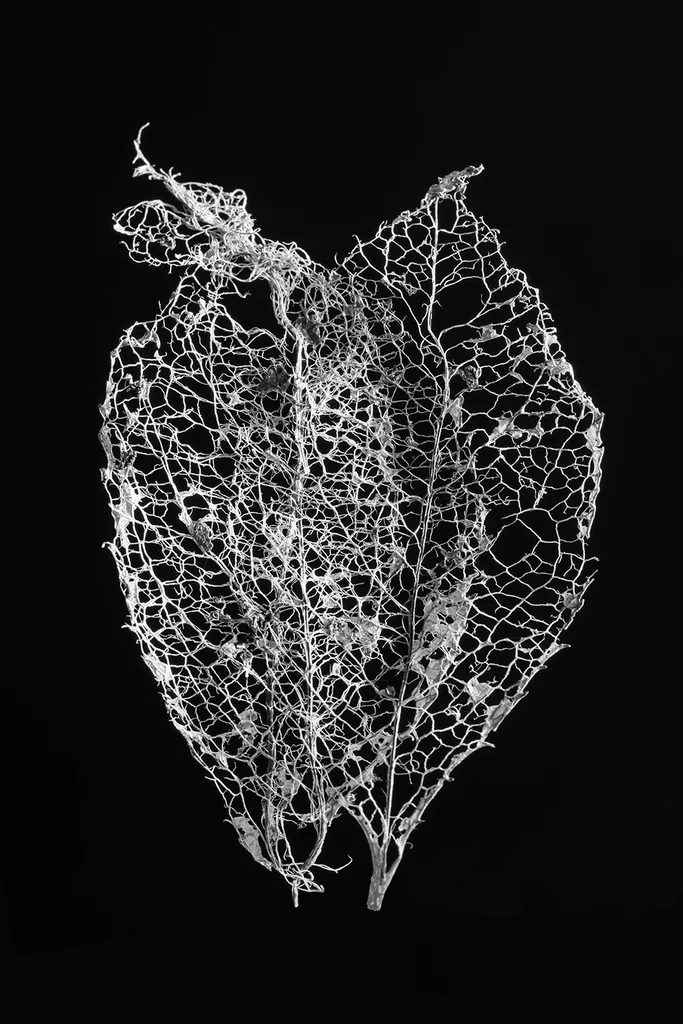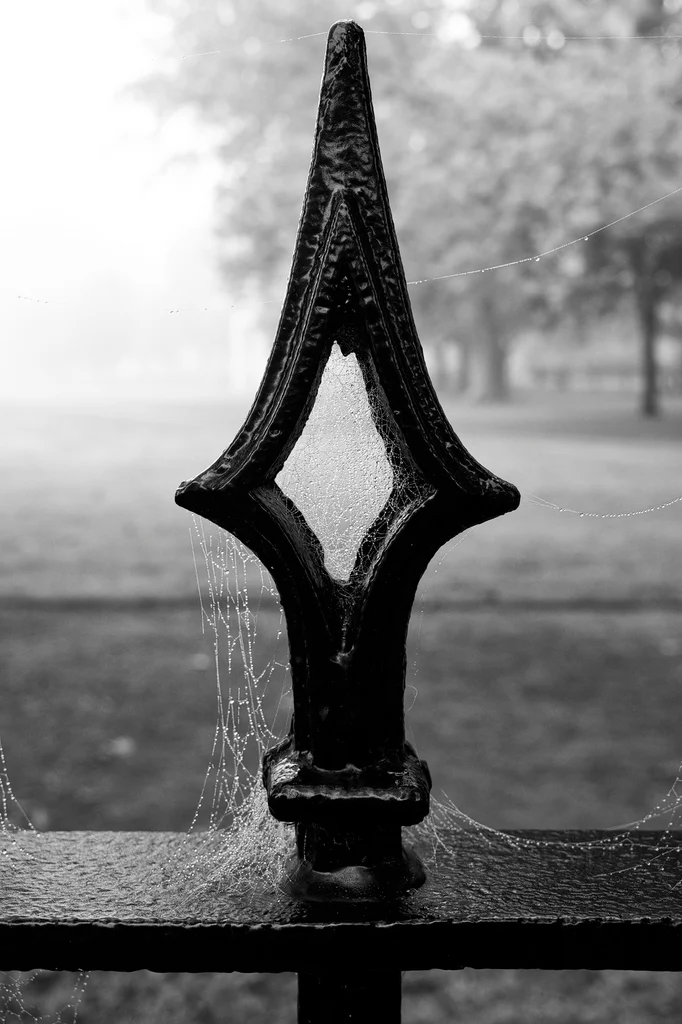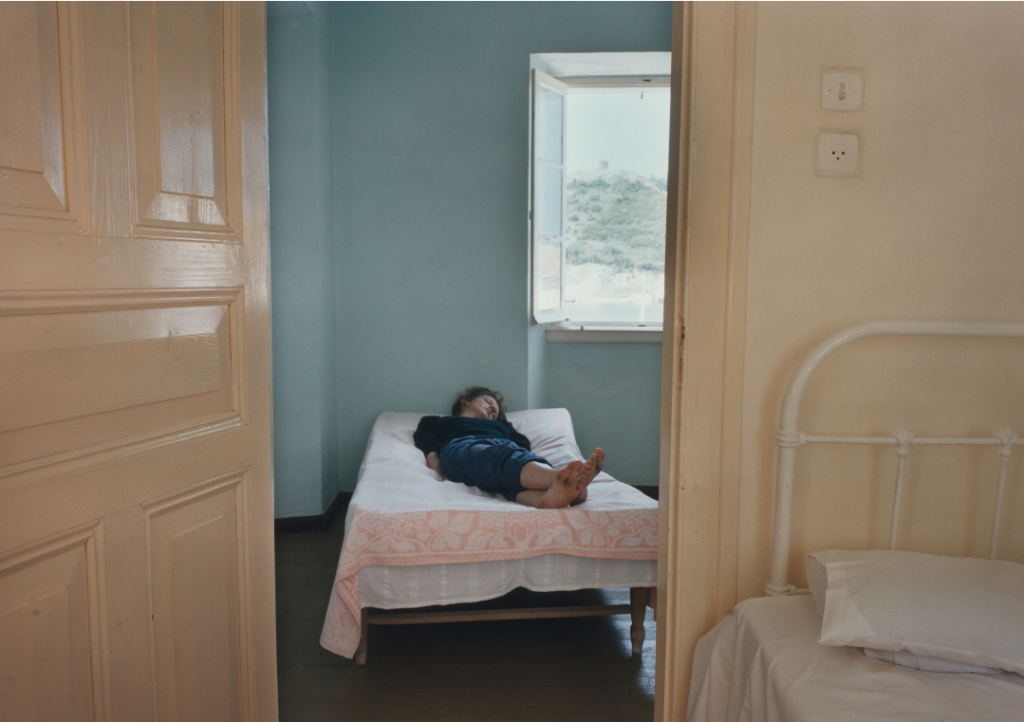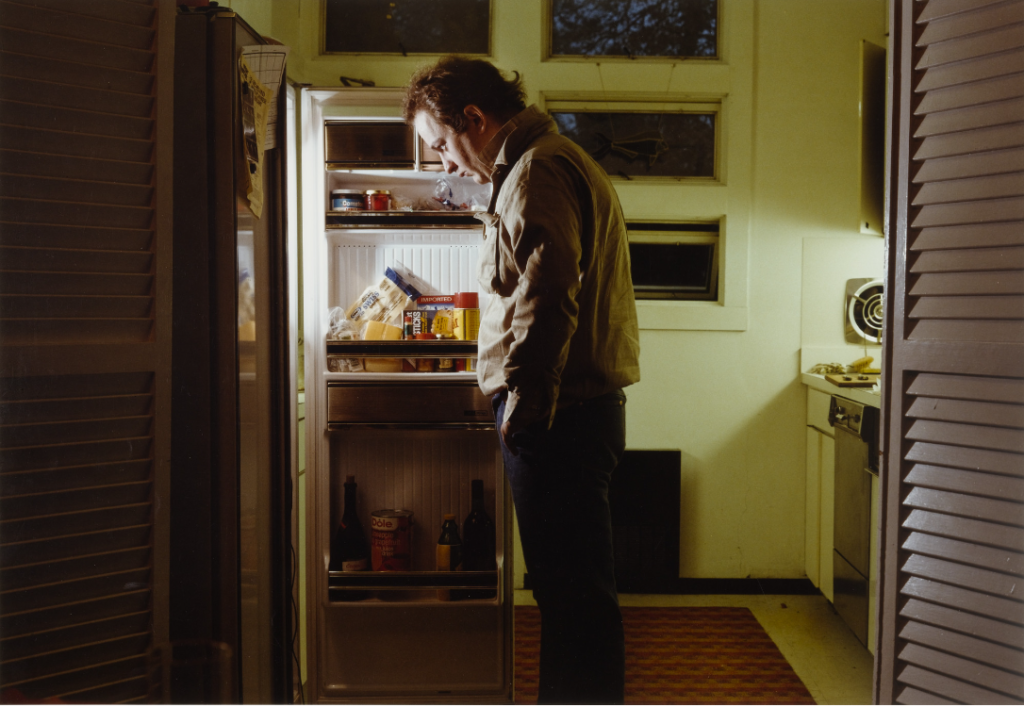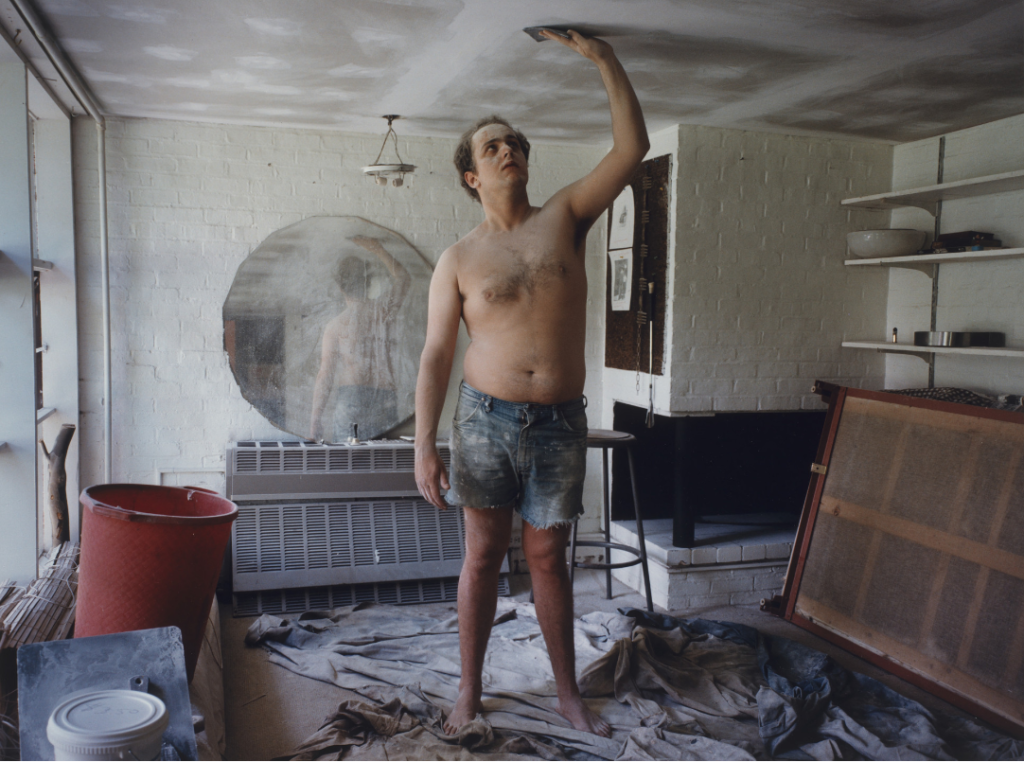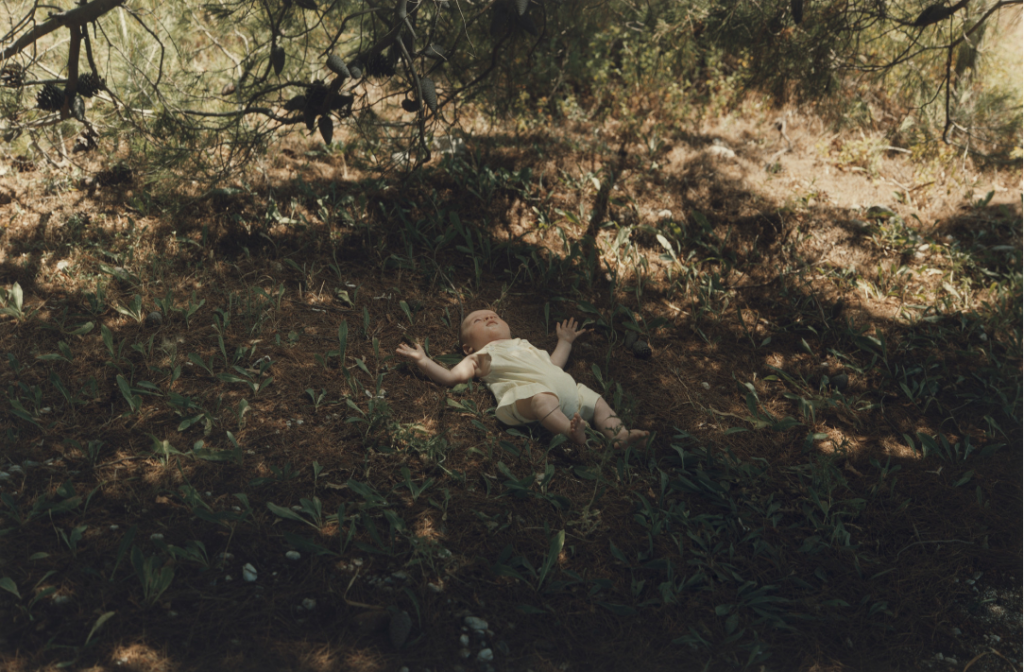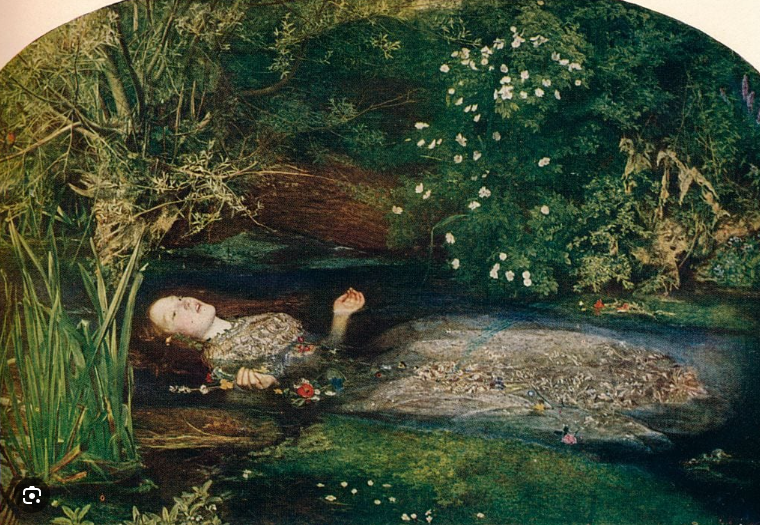Who is she?
Nancy Goldin is an American photographer and activist. Her work explores in snapshot-style the emotions of the individual, in intimate relationships, and the bohemian LGBT subcultural communities, especially dealing with the devastating HIV/AIDS crisis of the 1980s.
Mood board of her work
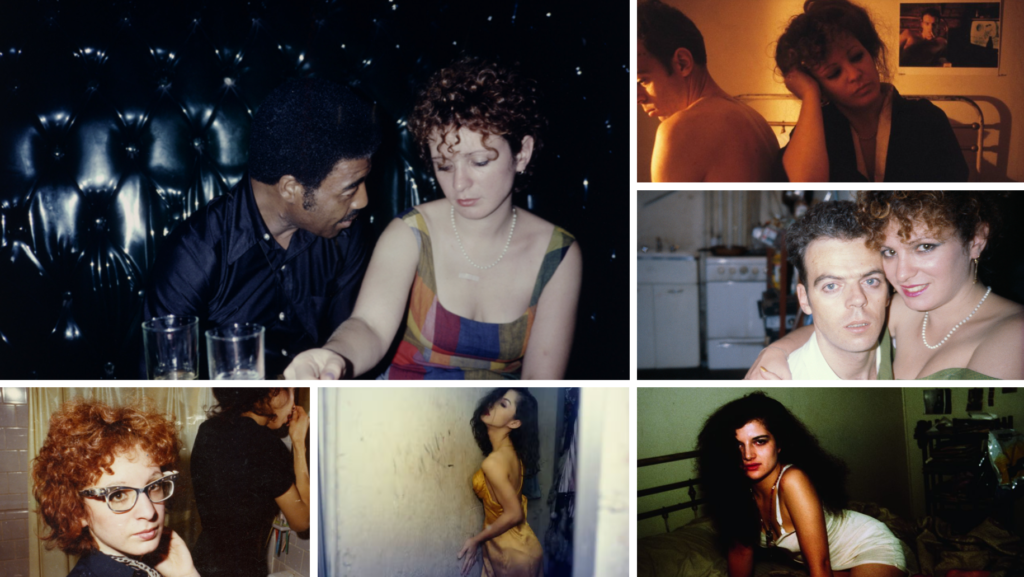

Her roles in portraying power dynamics within gender roles-
In 1985, Nan created The Ballad of Sexual Dependency, a photo series about the struggle between autonomy and dependency and the power relationships between men and women that put her in danger.
The artist’s visibility grew, and she photographed herself with her face wounded by her boyfriend’s punches. He couldn’t stand who she was and what she saw. “My photos in which I look battered were what prevented me from returning,” she says. Many women in her situation were able to talk about it because they saw the photos. I haven’t found Nan to define herself as a feminist, nor Laura, but the only seconds in the film in which they speak as a duet take place when Nan says that when her boyfriend tried to destroy her eyes with his fists, at least she didn’t have the “ballad” slides on her screen — and here comes the double take: “Because he would have destroyed them.” The artists both say. The women who know that their eyes are their voice speak.

Comprising almost 700 snapshot-like portraits sequenced against an evocative music soundtrack, Nan Goldin’s The Ballad of Sexual Dependency is a deeply personal narrative, formed out of the artist’s own experiences around Boston, New York, Berlin, and elsewhere in the late 1970s, 1980s, and beyond. Titled after a song in Bertolt Brecht and Kurt Weill’s The Threepenny Opera, Goldin’s Ballad is itself a kind of downtown opera; its protagonists—including the artist herself—are captured in intimate moments of love and loss. They experience ecstasy and pain through sex and drug use; they revel at dance clubs and bond with their children at home; and they suffer from domestic violence and the ravages of AIDS. “The Ballad of Sexual Dependency is the diary I let people read,” Goldin wrote. “The diary is my form of control over my life. It allows me to obsessively record every detail. It enables me to remember.” The Ballad developed through multiple improvised live performances, for which Goldin ran through the slides by hand and friends helped prepare the soundtrack—from Maria Callas to The Velvet Underground—for an audience not unlike the subjects of the pictures. The Ballad is presented in its original 35mm format, along with photographs that also appear as images in the slide show. Introducing the installation is a selection of materials from the artist’s archive, including posters and flyers announcing early iterations of The Ballad.
“My work has been about making a record of my life that no one else can revise.”
Nan Goldin’s photographs are like pages of a diary, sharing at once the intimacy of ordinary connections, the isolation of abuse, and the joyful abandon of being with friends. Upending typical art hierarchies, she showed her work in her loft and in New York City nightclubs and bars in the late 1970s and ’80s, where the audience consisted “entirely of the people in the slide show, my lovers and friends.” Goldin would often reorder her slides, and her restless images capture scenes in the middle of things; they are “fragments of life as it was being lived.” Most of her career has also been defined by activism within her community: first, in the late 1980s, around the AIDS crisis, and then, beginning in 2017, around the opioid crisis.
The intense realism of her photographs—and their accumulation in slideshows, books, and films—introduces a frank and riveting narrative. You get the sense, as the artist once said, that “the camera is as much a part of my everyday life as talking or eating or sex;” her photographs capture all three activities. Often garishly lit by a sudden flash, Goldin’s images offered a stark contrast to that of other emerging photographers in 1980s New York, who gained renown for posed and conceptual compositions. “I knew about those photographers who were doing media-related stuff, from Cindy Sherman, whose work I love, to Sherrie Levine and Laurie Simmons and all those other ones,” Goldin said, “but I was never part of any movement, and I never read theory. I think that was to my benefit.”
Image Analysis
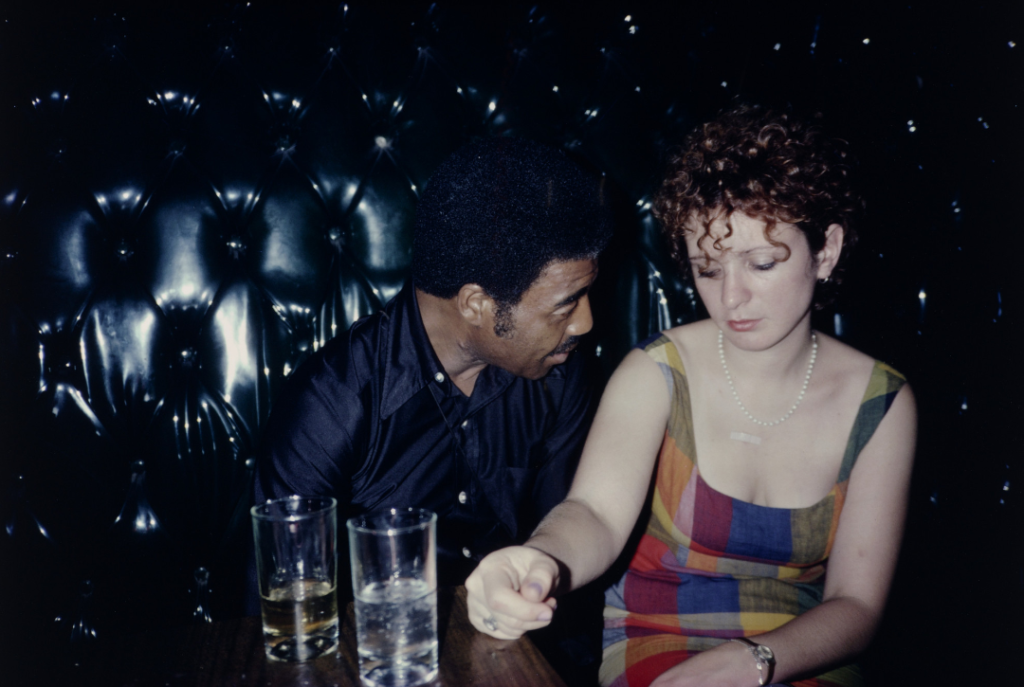
Buzz and Nan at the Afterhours, New York City1980
This image stood out to me out of all of her work. This is because it is at a very natural, normal setting which I assume to be a nightclub or a bar. Nan Goldin’s nostalgic snapshots depict intimate moments of bohemian sex, transgression, beauty, spontaneity, and suffering. Her frames are marked by unflinching candor, rich hues, and a keen sense of empathy and lyricism. The main thing that stood out to me in this image was mannerisms and posing positions. This is because I personally got from this image that the male is more interested and could potentially be searching for intimacy that the female may not want. I gathered this theory through the male gaze and his body turned slightly towards her with his eyes faced to her neck possibly at her necklace or skin. To emphasize this, the female in the image is very faced frontally, facing her body away and instead towards the camera meanwhile not maintaining eye contact with the male. Her eyes are facing down at herself possibly to avoid intimacy. This interests me as it portrays gender roles and power dynamics within gender. This is because of the stereotype of males being dominant and confident, whereas a female having to avoid if not interested considering the sterotype of females being gentle, naive sexually inexperienced, soft and accepting. The female also has her arm up on the table potentially signalling an uncomfortable element or putting a barrier to prevent intimacy. Another way Nan Goldin portrays power dynamics within gender is through this image.
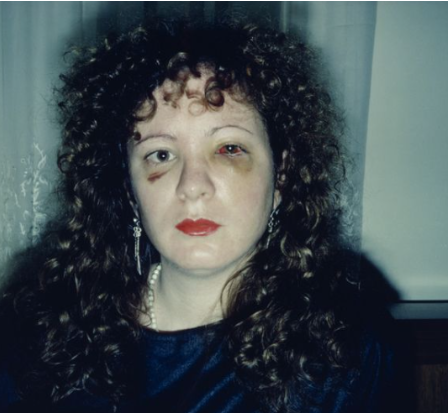
This image portrays the same theme as this is Nan Goldin trying to get awareness of domestic abuse between her and her boyfriend. However, there is a difference as this image shows violence within relationships specifically Nan Goldin within the bravery of sharing her own experiences. This image shows power dynamics and the stereotypes of men and women linking to the image above.

